Redesigning the World’s Most Remote Human Settlement
Why architects are hosting a competition to help inhabitants keep living there—and how you can visit
Tristan da Cunha is the most remote inhabited island on Earth, according to Guinness World Records. Part of a British territory that also includes the islands of St. Helena and Ascension, it lies in the middle of a dangerously windy patch of the Atlantic Ocean. Intrepid travelers who visit the island’s 270 residents report a slower, calmer way of life, with rudimentary buildings, limited internet access and a total lack of cell phones. In fact, until a few years ago, some Tristanians had read about smartphones but had never before seen one in real life.
Scientists visit the island to study the rare botanic species growing there, or to help run a station that monitors radioactive particles and seismic waves. Cruise ships have begun making stops so that tourists can experience the far-flung culture and see unusual birds, such as the Northern Rockhopper penguin with its spiky hairdo. Otherwise, the area is cut off from the fast-paced frenzy that pervades much of the world.
Only trouble is, life there isn’t very sustainable. The island—battered by high winds, rough seas and occasional volcanic activity—grows its own potatoes and lobster, but otherwise relies heavily on outside resources. (The fishing company that operates the lobster processing plant provides diesel-powered generators, which are the sole supply of electrical power, and bottled gas is shipped in for cooking and heating.) The European Union has funded some electricity and water upgrades, but residents want to become more self-reliant. And so, in honor of the 200th anniversary (in 2016) of the island’s occupation by the British, which led to its permanent settlement, the local government has teamed up with the Royal Institute of British Architects to host a design competition with sustainability in mind.
The island's residents (their lone settlement is named Edinburgh of the Seven Seas) are looking for more efficient ways to construct and power the community’s municipal centers, residential buildings and water supply. Currently, the competition website notes, official structures “lean more towards agricultural sheds as opposed to the usual notion of a government edifice.” Everyday homes need better insulation, less susceptibility to mold and energy sources that are more efficient than gas or diesel.
With few opportunities for income and an increase in the cost of living on the island, officials say efficiency is key to the future of the population. But on an island that has only a handful of ships visiting each year and that’s already been through a disappointing experiment with wind turbines, figuring out how to make self-sustaining buildings and energy sources may prove tricky.
So how did humans settle on such a remote island in the first place? With no record of an indigenous population, Tristan de Cunha served mostly as an occasional stop-off point for whalers and a refuge for pirates until 1816, when British troops occupied the island amid fears the French might try to rescue Napoleon from St. Helena. Since then, shipwreck survivors have at times made up a significant portion of the population. In 1827, one man brought five women from St. Helena to try to expand the mostly-bachelor population. Tristanians supposedly awarded him a sack of potatoes for each woman he convinced to volunteer (although the degree to which these female companions went willingly is unclear). The island continues to have a throwback feel, albeit without the whiff of 19th-century misogyny: Some longtime residents use “thee” and “thou” in casual conversation, and Morse code remained the way to communicate with the outside world until the 1980s.
Those who’ve visited say that part of charm is that it is unlike anywhere else humans live: a small, intertwined community that has no Starbucks—in fact, there's one cafe and one pub but no restaurants—and a fascinating, insular history. All of Tristan’s permanent residents descend from one of seven settlers, and everyone still has one of seven last names. While some residents do take trips to see other parts of the world, many have never left. However, visiting the island isn’t very easy: Boats dock at Tristan only 60 days a year, due to the limited harbor and “the severity of the ocean swells.” According to the island’s official terms and conditions, those who want to see the island must first get permission to go, check there is a boat scheduled and make sure there’s room to sleep. (There are no hotels, so a private dwelling has to be available.) It takes between a week and ten days to sail to Tristan from Cape Town, South Africa, one of the nearest large cities—and by “nearest” we mean 1,750 miles away.
The design contest committee will announce a shortlist of up to five submissions in September, and then the creators of those plans will go to London to present more details. The judging panel will hear these presentations sometime in 2016, when the Tristanian head of government can travel to the UK. It is, after all, no small thing to get to England—9,000 or so miles away.
/https://tf-cmsv2-smithsonianmag-media.s3.amazonaws.com/accounts/headshot/michele-lent-hirsch.jpg)
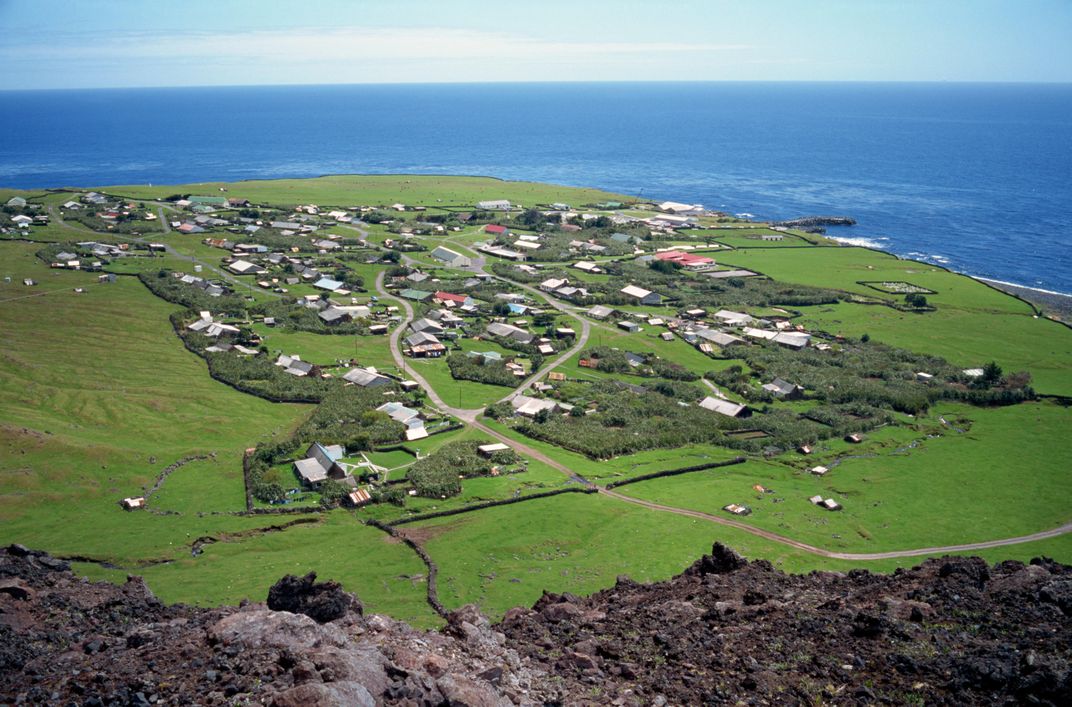
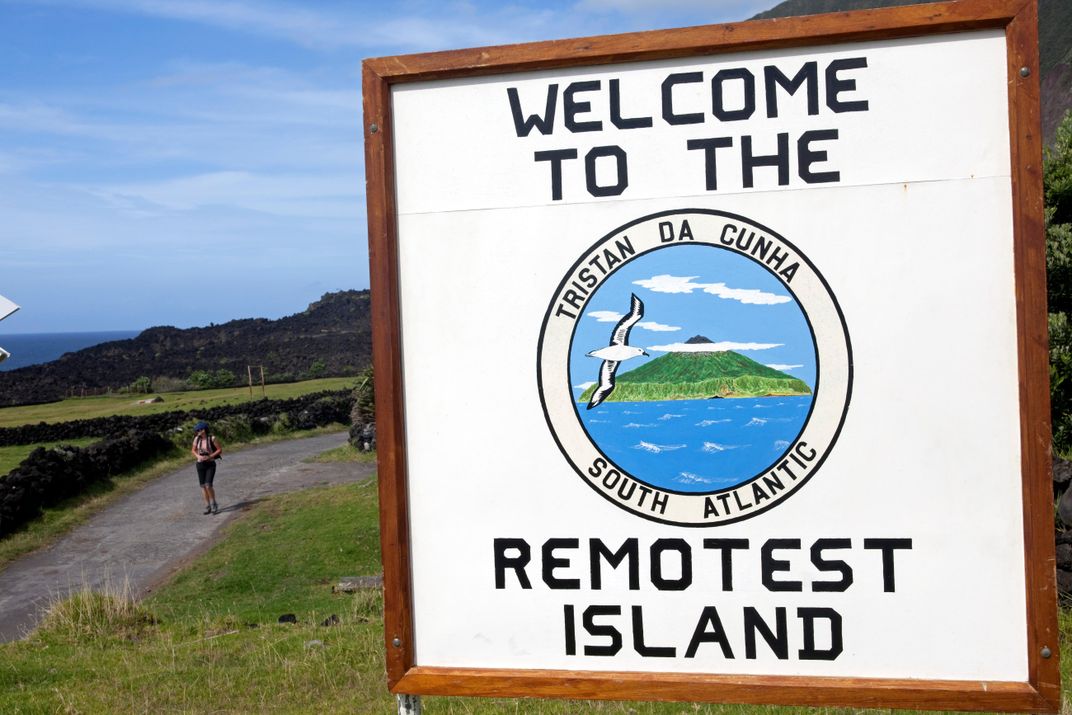
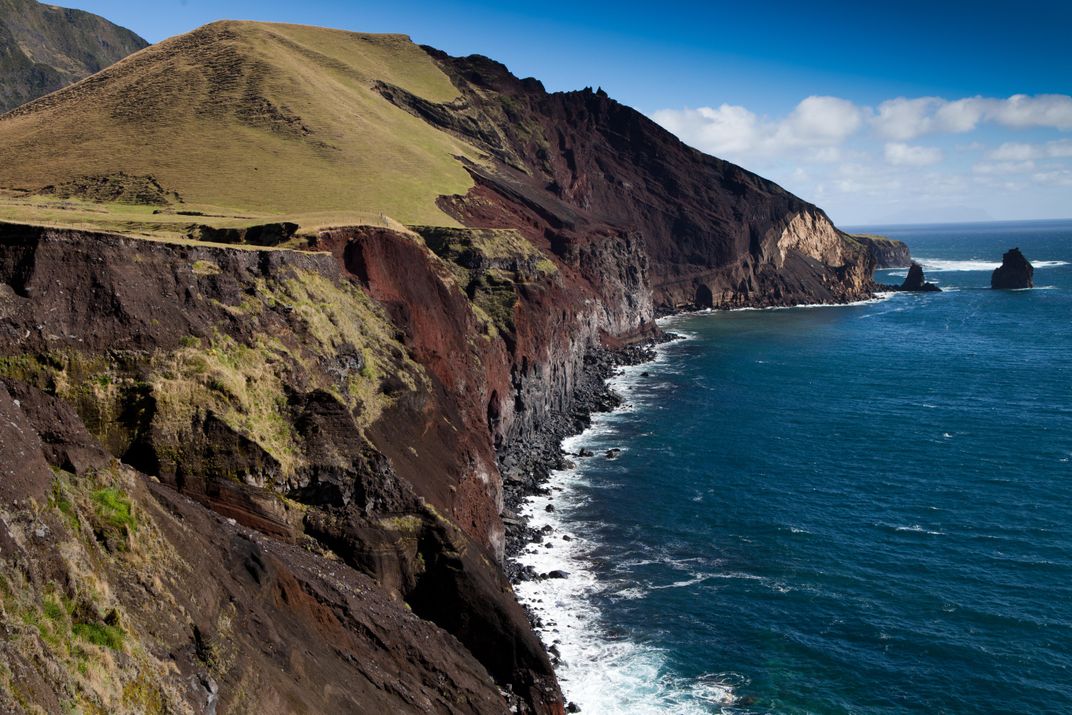
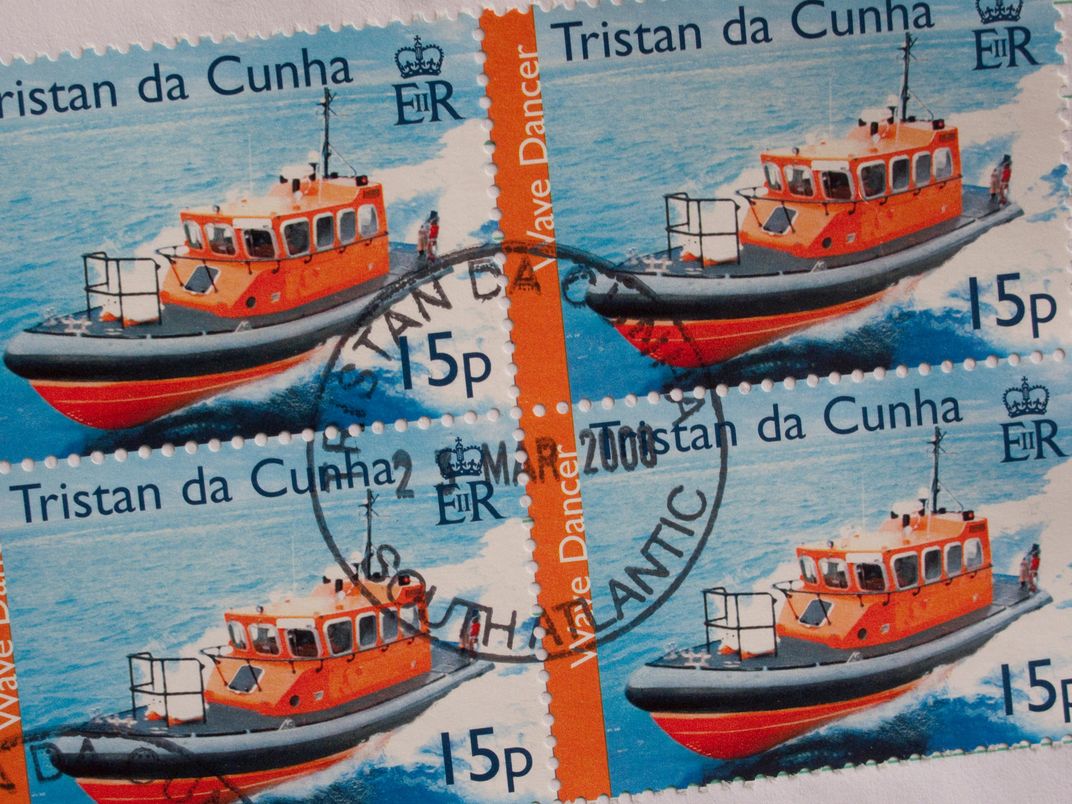
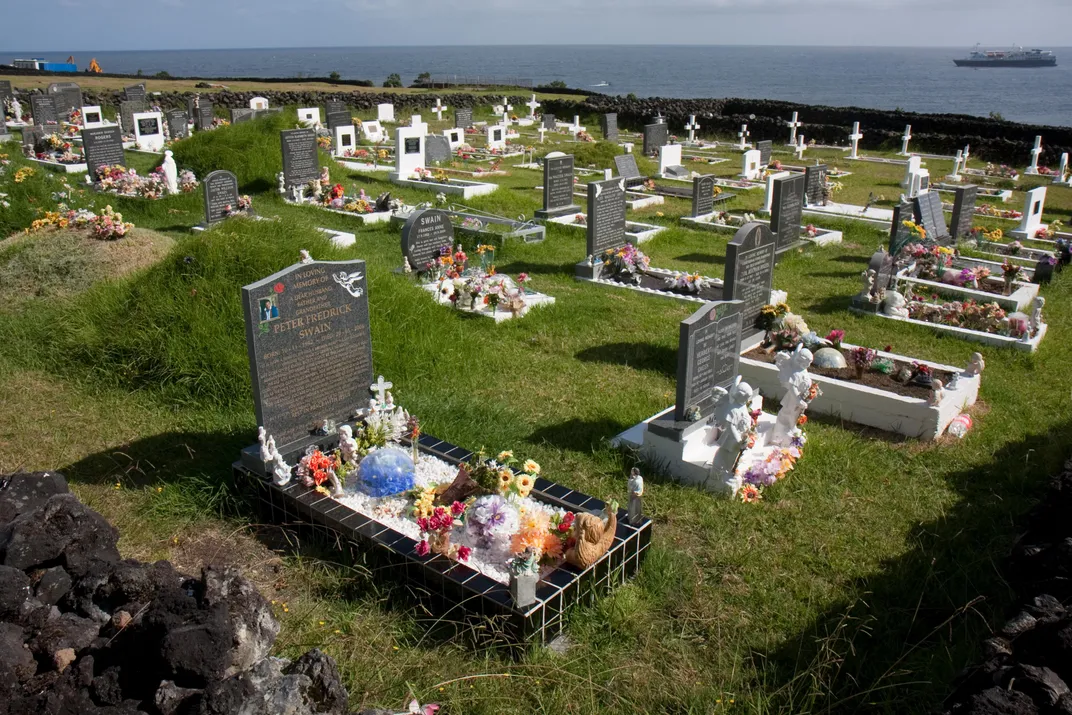
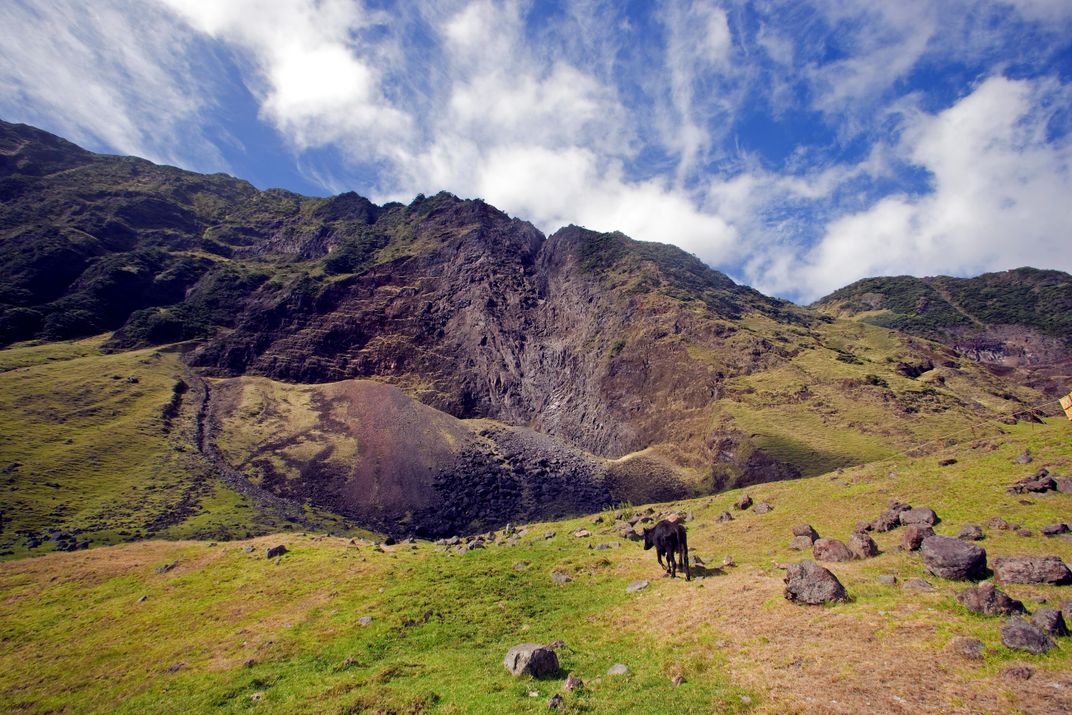
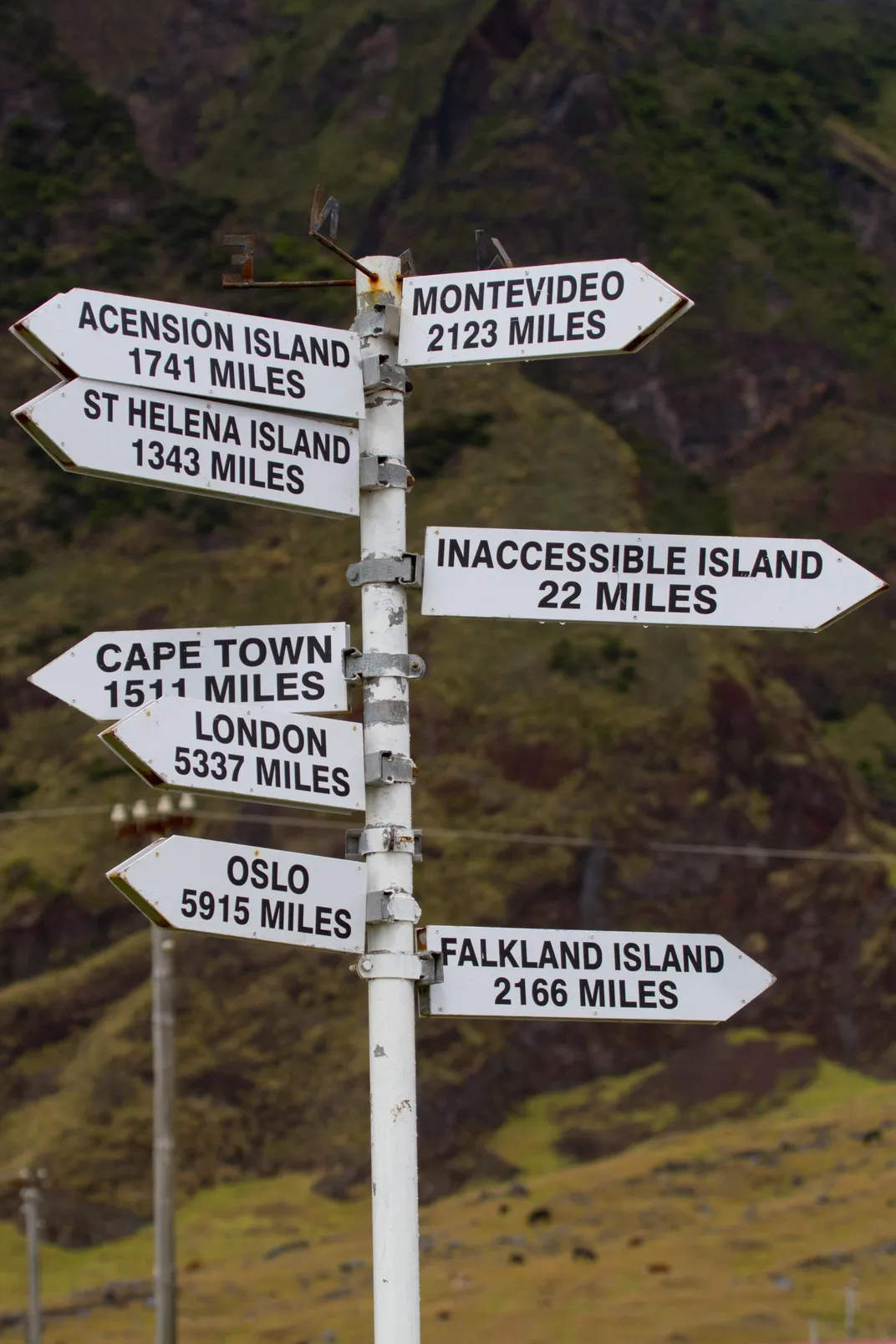
/https://tf-cmsv2-smithsonianmag-media.s3.amazonaws.com/accounts/headshot/michele-lent-hirsch.jpg)